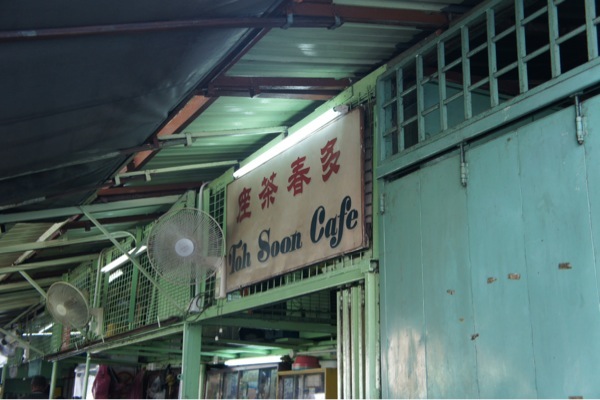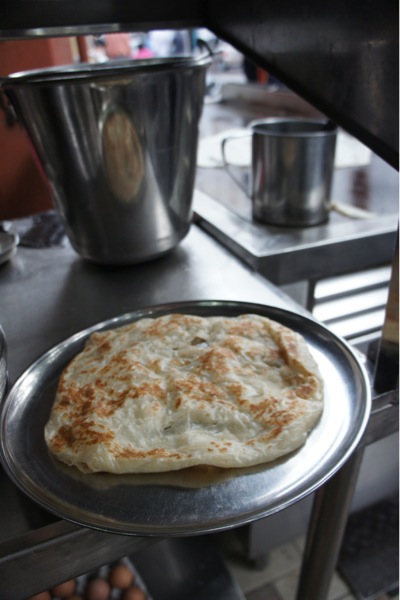Malaysia, truly Asia (the best ad campaign for an Asian country ever)
After our stop in Mae Sot, my travel sidekick and I headed to Malaysia. Our first stop was the food capital of Malaysia - George Town, Penang. Our second stop was two lazy days on a beach in Langkawi. I'll spare you the boring description of our amazing beach resort (amazing - The Datai) and just talk about food, food and more food! (Hmm this is maybe a reoccurring theme).
Our goal was to eat as much as we could, with a heavy emphasis on Roti, as we could in the 24 or so hours we allocated to our visit to the island of Penang. In many ways, Penang is quintessentially Malaysia and, yet, very much not. One of the three Straits city states along with Singapore and Melaka, it was a major crossroads for the Dutch and English spice trade and colonial presence for hundreds of years. George Town, the main city (though not the capital of Penang state, that's Butterworth across the channel and on the mainland), is a combination of colonial mansions, Chinese shophouses, Indian curry houses, and Muslim mosques. A true blend of the cultures that have plied their trade in the South Asian seas for centuries. Penang is heavily Chinese - usually south Chinese who speak Hokein, Cantonese and Hakka - which tones down the muslim influence in what is actually a majority Muslim country.
This lovely balanced and respected multiculturalism is one side of Malaysia that makes it rather unique in the world. Truth is Malaysia is also a pretty fiercely Islamic country and unfortunately becoming more strict in its interpretation - recent laws have passed that effectively help to reduce the rights of women. The Malays, who make up just over 50% of the population, and the Chinese, about 30%, haven't always gotten along and with this last election it's pretty clear that there are important unresolved issues around economic and political participation between the two communities.
That little bit of reality check behind, it is a fascinating place with one of the most diverse food cultures around. Take Chinese food, Indian food, South East Asian food, and local Malay food, and blend it together. The result is tasty and varied, and makes Penang one of the best places to visit just to eat.
I had visited the island about 10 years ago and since then the city has received UNESCO recognition and subsequent protection. Just in time too because your first impression is one of skyscrapers and ugly 1980s era buildings. As you get into the city and start to wander around you realize that there is a whole warren of beautiful streets lined with old buildings. It is a great little city to get lost in, you can go from expensively renovated Chinese homes to little winding streets with still-working shophouses to raucous little India for a lunch of Roti Canai.
We stayed at Muntri Mews, which I highly recommend, and had dinner at their big sister hotel 7 Terraces. Our day started with Kaya Toast (coconut jam and white bread) with Nasi Lemak (steamed rice with chilli paste, an egg, and tiny fried anchovies) for breakfast, chicken and rice Chinese style for lunch, about half a dozen Rotis for 1st dinner, with actual dinner consisting of pan-asian food at 7 Terraces. Not bad.
Ahh Rotis. The crepe of Malaysia yet so much more varied. Roti is a chewy, stretchy, flaky flat bread made to order. Singularly Malaysian it is a local take on a South Indian bread, and can be eaten with curry, ghee, honey, bananas, basically anything. When you come to Malaysia, do yourself a favor (if not to your waistline) and eat as many of these as you can.
Next stop, KL.







